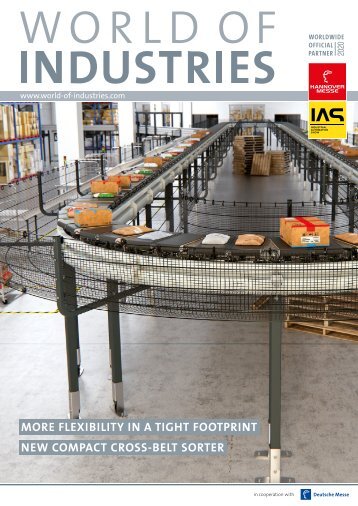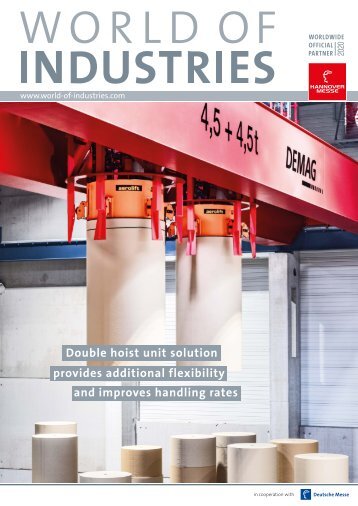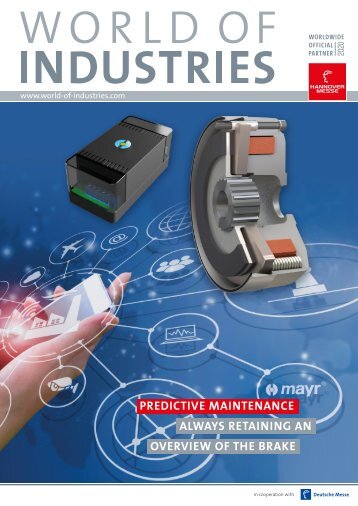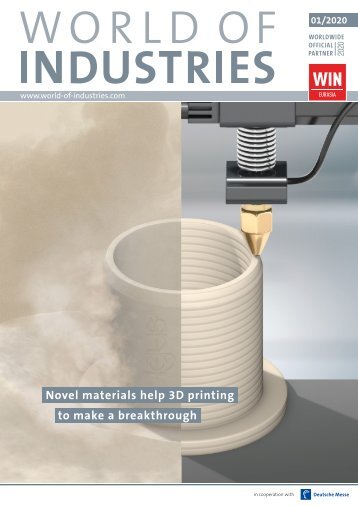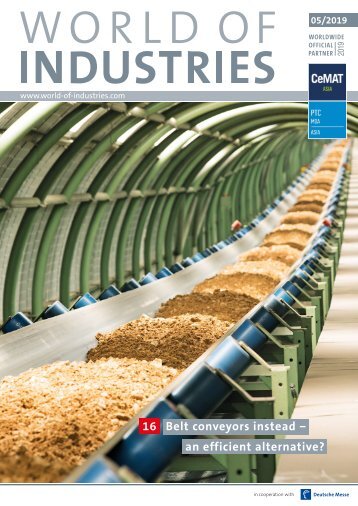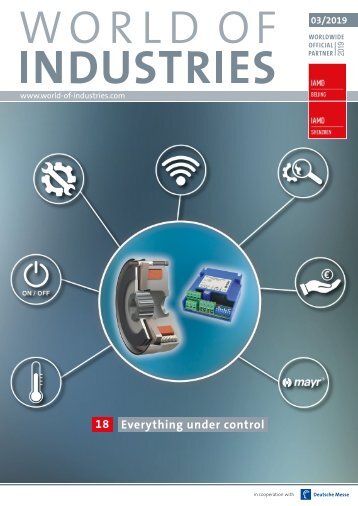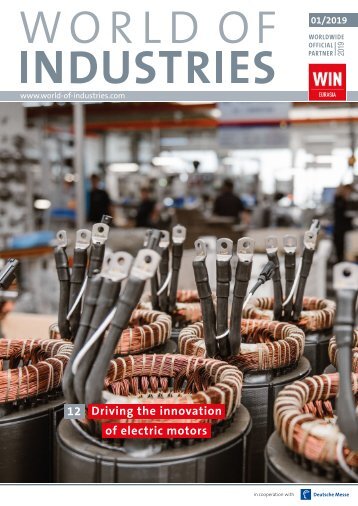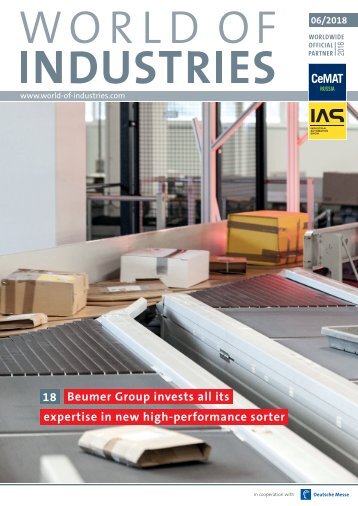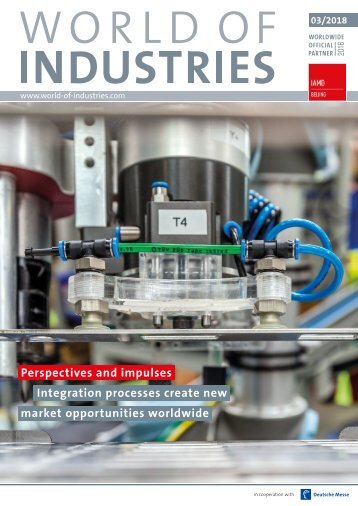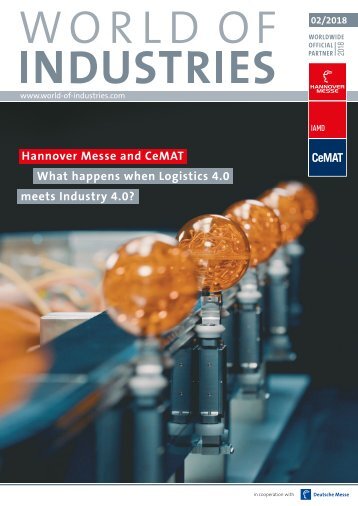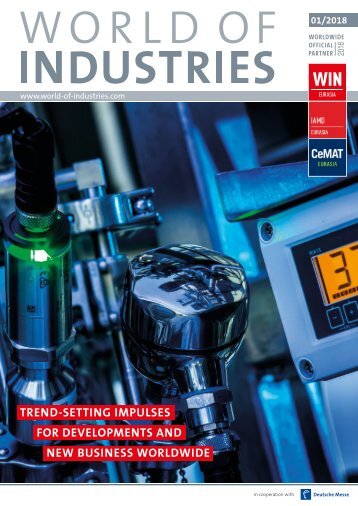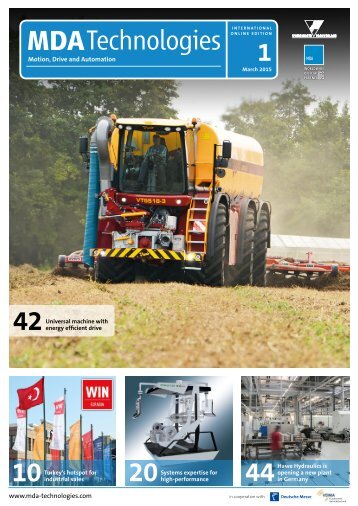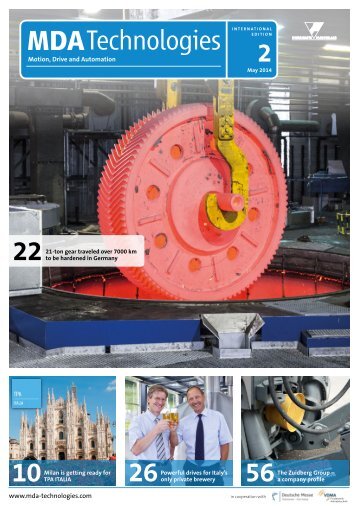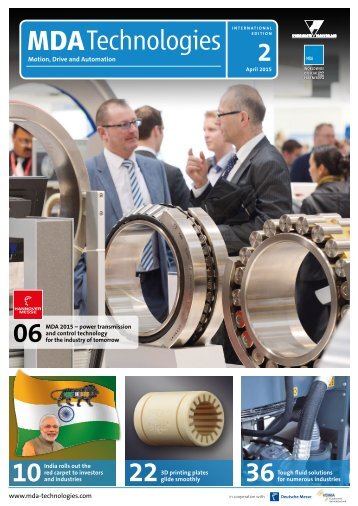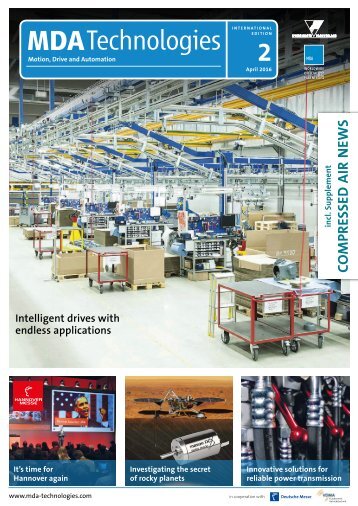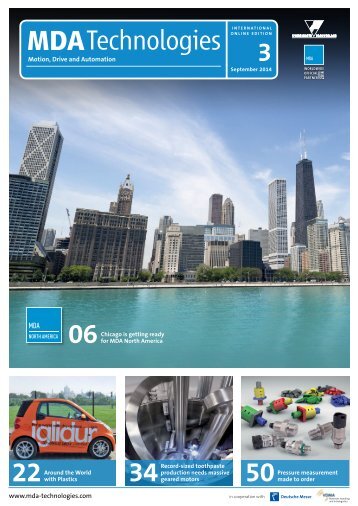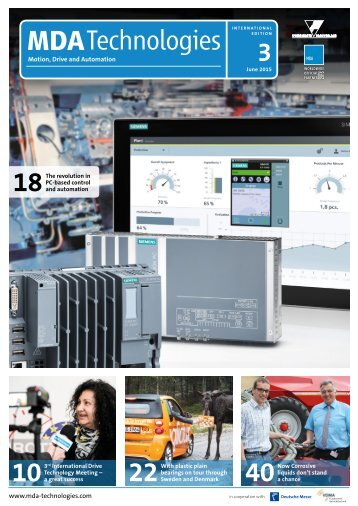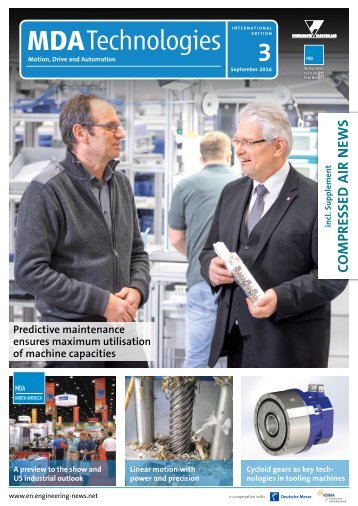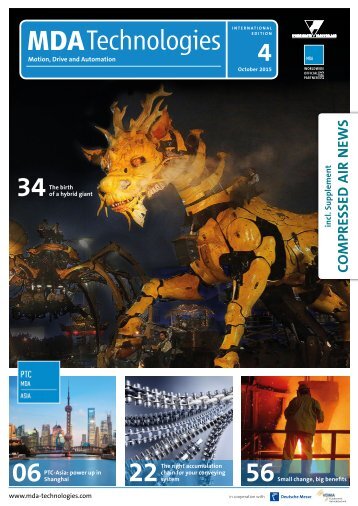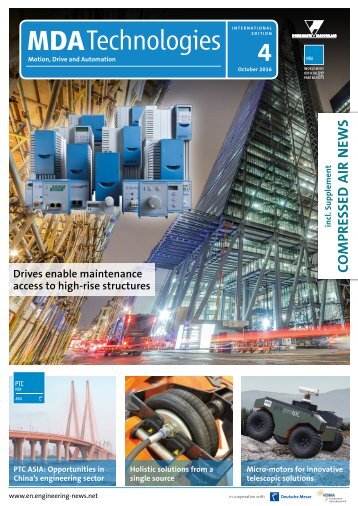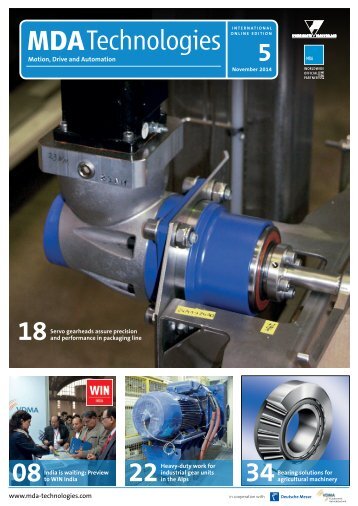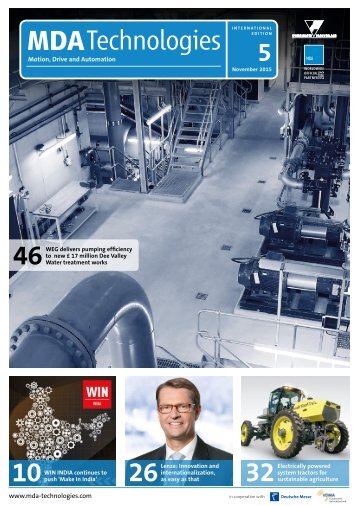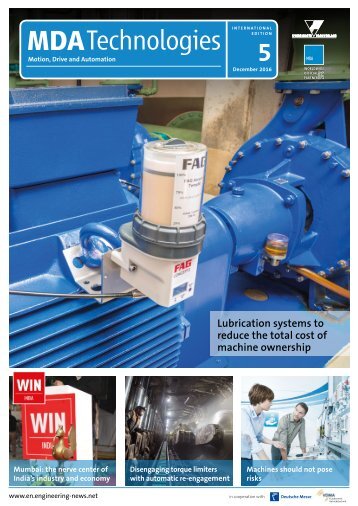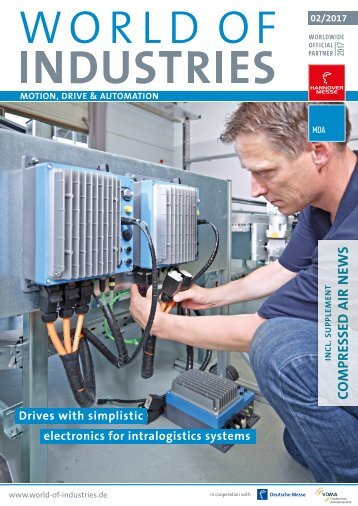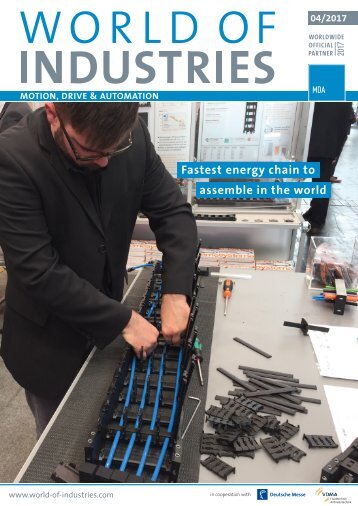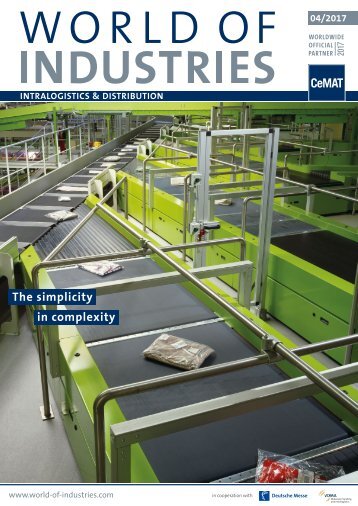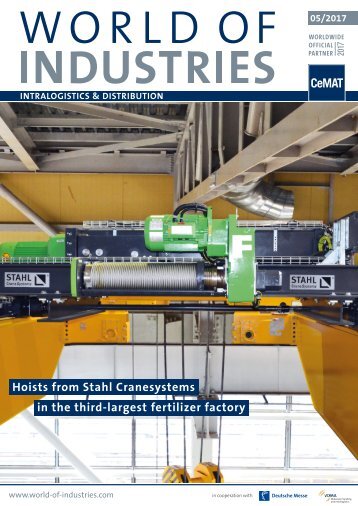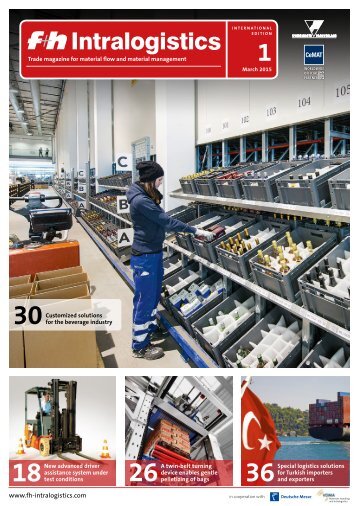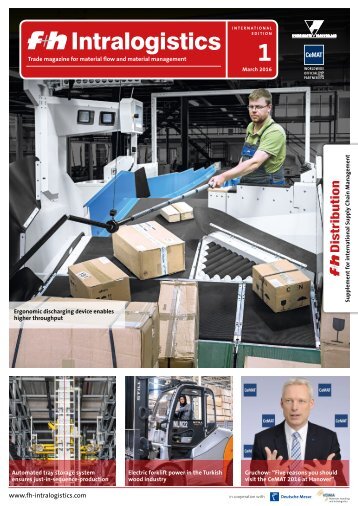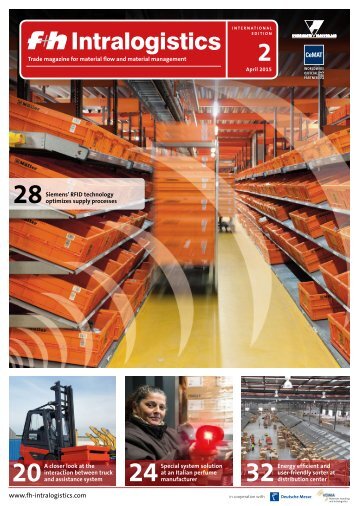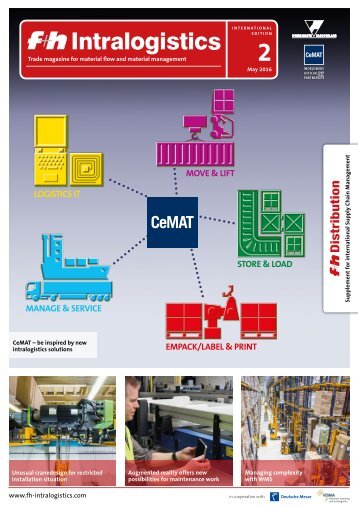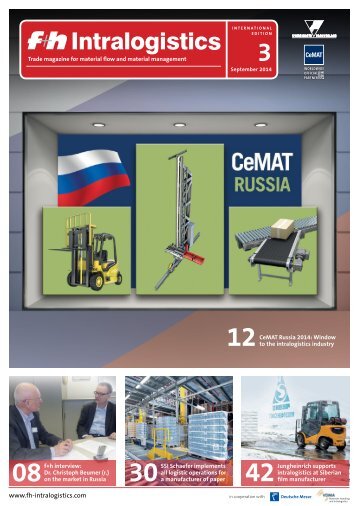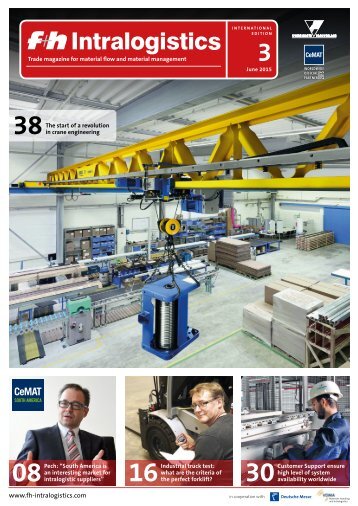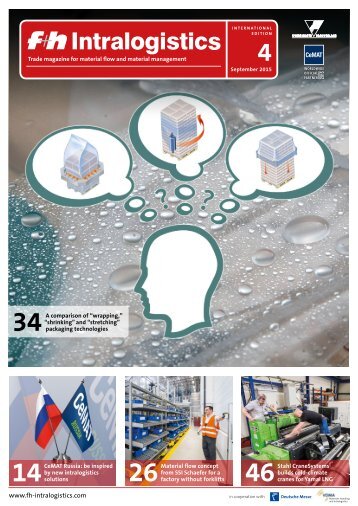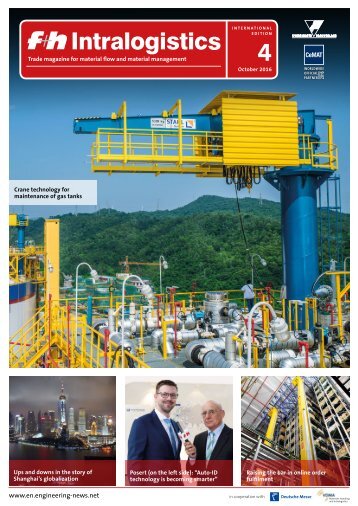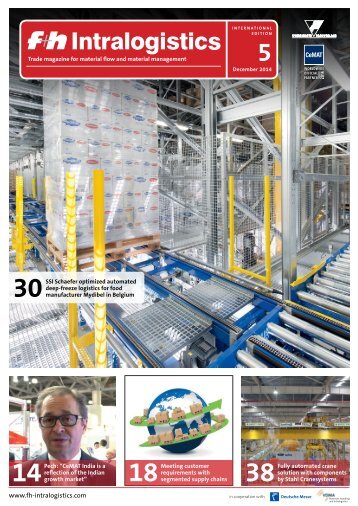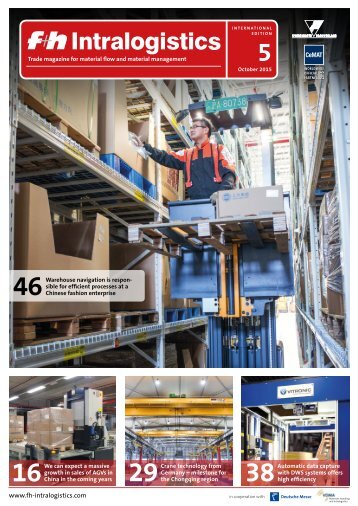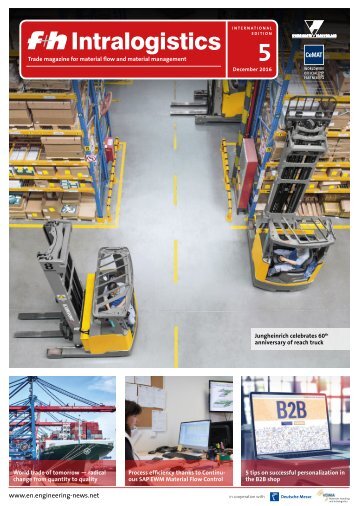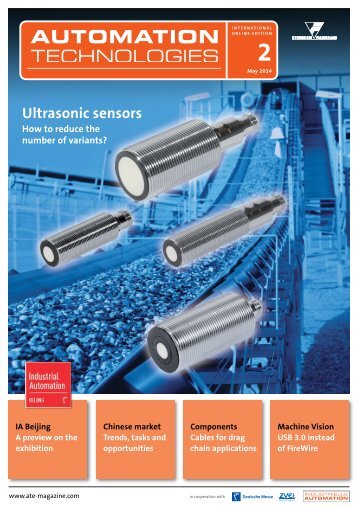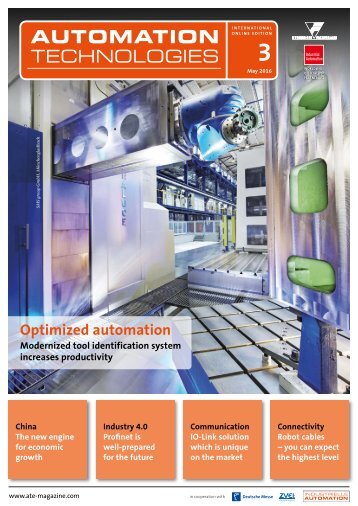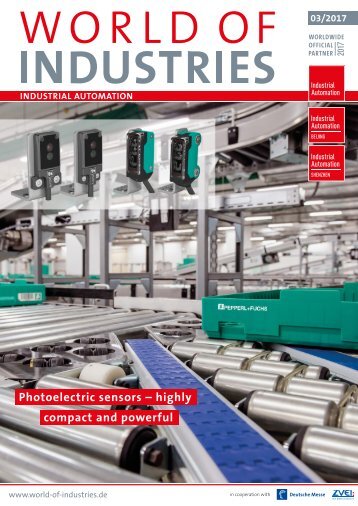Automation Technologies 5/2014
- Text
- Automation
- Technologies
Industrial Communication
Industrial Communication Profinet is growing “wings” Christian Gieseler Up to now, Profinet has mostly been used in factory automation. Optical fibre enable other areas to profit from this standard as well, however, e.g. the process industry and wind power. Optical fibre can be used to reliably link plants even across 100 km and more. The technical options are hardly limited at all. Author: Dipl.-Ing. Christian Gieseler, development, eks Engel GmbH & Co. KG in Wenden, Germany
Industrial Communication next page Process Field Network, in short: Profinet, is an open standard for industrial data communication based on Ethernet-TCP/IP. Profinet, including its versions CBA (component-based automation) and IO (Input-Output = local peripherals) is standardised in the standards IEC 61158 and IEC 61784. This is generally a further development of the tried and tested concept of the fieldbus system Profibus for applications where quick data communication is required via Ethernet in combination with industrial IT functions. This way, the entire range of automation all the way to cycle-synchronous motion control applications via Isochronous Real-Time (IRT) can be covered. While Profinet CBA was designed for componentbased data communication including real-time requirements in machine and plant construction, the IO-version serves to connect the local peripherals – via which components such as sensors and actuators are linked – to programmable logic controllers (PLC). The applications of Profinet IO are structured in three conformity classes, as are the requirements for the automation and network devices. The certifications are performed by a test lab accredited by the international umbrella association Profibus & Profinet International (PI). This not only ensures the respective necessary function but also that devices from different manufacturers will work together easily. Simple Project Planning of the Plants In conformity class A, only automation devices are certified; classes B and C, which mostly differ by the IRT function, also include network components. All Profinet devices must support, among others, protocols such as SNMP (Simple Network Management Protocol) and LLDP (Link Layer Discovery Protocol) – in addition to the Profinet stack through which the communication with the Profinet Controller (PLC or soft PLC) is running. In addition, the devices must be able to be integrated into automation systems such as TIA (Totally Integrated Automation) and Codesys Optical fibre can be used to reliably connect plants to a Profinet network even across very larger distances, as necessary e.g. for oil production platforms via GSDML files (General Station Description Markup Language). This way, simple project planning for the plants is possible, as well as comfortable management of a network – from configuration to diagnosis to exchange of devices. Data Rates up to 40 Gbps Both copper cables and optical fibre cables are approved for wiring of the IT infrastructure – as is Wireless LAN in conformity class A. Optical fibre are made up of a core and a jacket that are firmly connected and that only differ by the refractory index depending on type. The diameter of an optical fibre core is between 9 and 1,000 µm and may thus be ten times smaller than that of a human hair. Nevertheless, this medium is superior to the much thicker and more expensive copper cables in many respects. Data rates of up to 40 Gbps are no problem with optical fibre, and distances in excess of 100 km can be bridged easily, as mentioned above. Apart from this, light is not influenced by electrical or magnetic interferences, so that optical fibre conductors can be placed in direct proximity to power lines or other electromagnetic sources. Even lighnting strikes into the wires will not pose any danger of destruction to the connected devices. The companies combined in the Automatisierungsinitiative Deutscher Automobilhersteller (AIDA) have prescribed Profinet as a standard for networking of their plants. For data communication via optical fibre, they rely on Polymeric Optical Fibre (POF), a pure plastic fibre that can be connected without any special tools at all – the only thing needed is a sharp knife and fine-grained abrasive paper. However, POF can only bridge about 100 m, which is usually quite enough in factory automation. About Company name: eks Engel GmbH & Co. KG Headquarters: Wenden, Germany Turnover: Approx. € 5 m (2013) Employees: 33 (2014) Competence: Optical communication systems for Industrial Ethernet and fieldbus applications, project planning and services AUTOMATION TECHNOLOGIES 5/2014
- Page 1:
international ONLINE Edition 5 Nove
- Page 4 and 5:
COLOMBIA SLOVAKIA table of content
- Page 6 and 7:
News and Markets Enabling Indian ma
- Page 8 and 9:
News and Markets IST AG: 20 years i
- Page 10 and 11:
News and Markets European Imaging A
- Page 12 and 13:
News news and markets big our pictu
- Page 14 and 15:
AUTOMATION TECHNOLOGIES Ten-point-p
- Page 16 and 17:
AUTOMATION TECHNOLOGIES India is wa
- Page 18 and 19:
News and Markets What do you expect
- Page 20 and 21:
News and markets India goes Hanover
- Page 22 and 23:
news and markets UNTAPPED POTENTIAL
- Page 24 and 25:
AUTOMATION TECHNOLOGIES Find the so
- Page 26 and 27:
AUTOMATION TECHNOLOGIES Quality con
- Page 28 and 29:
AUTOMATION TECHNOLOGIES Quo vadis p
- Page 30 and 31:
AUTOMATION TECHNOLOGIES Waste recyc
- Page 32 and 33:
AUTOMATION TECHNOLOGIES Sensors for
- Page 34 and 35:
AUTOMATION TECHNOLOGIES Shortened e
- Page 36 and 37:
AUTOMATION TECHNOLOGIES Robot world
- Page 38 and 39:
AUTOMATION TECHNOLOGIES I/O system
- Page 40 and 41:
AUTOMATION TECHNOLOGIES Remote I/O
- Page 42 and 43:
AUTOMATION TECHNOLOGIES Profinet is
- Page 44 and 45: AUTOMATION TECHNOLOGIES Quality che
- Page 46: Components and Software Separable c
- Page 49 and 50: ead article AUTOMATION TECHNOLOGIES
- Page 51 and 52: AUTOMATION TECHNOLOGIES video benef
- Page 53 and 54: video Syndy at work read article
- Page 55 and 56: AUTOMATION TECHNOLOGIES read articl
- Page 57 and 58: News and markets Compact and cost-e
- Page 59 and 60: Editorial Using international coope
- Page 61 and 62: news and markets this does not refe
- Page 63 and 64: WIN India: “A preview of Hannover
- Page 65 and 66: sensors and Measurement It can be h
- Page 67 and 68: sensors and Measurement next page 0
- Page 69 and 70: sensors and Measurement Make inform
- Page 71 and 72: Sensors and Measurement next page t
- Page 73 and 74: Reach international markets. New bu
- Page 75 and 76: Sensors and Measurement next page P
- Page 77 and 78: Sensors and Measurement Electronic
- Page 79 and 80: Sensors and Measurement 02 The ligh
- Page 81 and 82: Sensors and Measurement with an int
- Page 83 and 84: Control and drive technology next p
- Page 85 and 86: Control and drive technology Interv
- Page 87 and 88: Company name: Maxon Motor Establish
- Page 89 and 90: mined that the bag room facility sh
- Page 91 and 92: industrial communication next page
- Page 93: Get engineering news. Inspiration i
- Page 97 and 98: Get engineering news. Inspiration i
- Page 99 and 100: Industrial Communication Bürkert a
- Page 101 and 102: Components and software Company nam
- Page 103 and 104: Components and Software next page n
- Page 105 and 106: Components and Software high therma
- Page 107 and 108: Machine Vision On the wiring head a
- Page 109 and 110: Machine Vision next page with irreg
- Page 111: Reach international markets. New bu
Inappropriate
Loading...
Mail this publication
Loading...
Embed
Loading...


